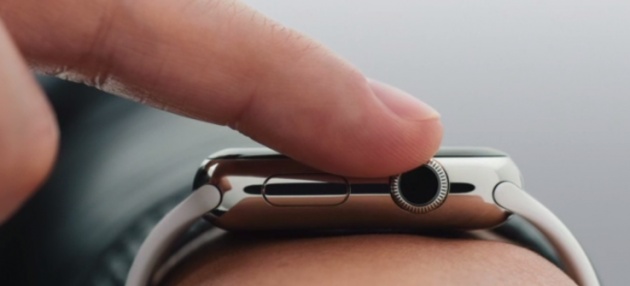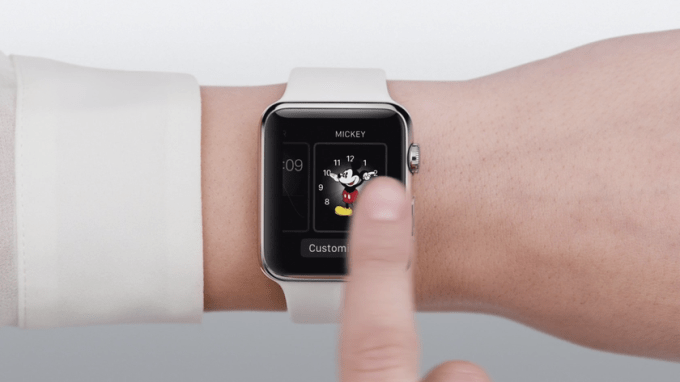
Apple has released a series of four videos today that show — explicitly — exactly what the Apple Watch can do, how it will do it and why you might be interested in buying one.
If it seems to be a bit late in the cycle to get something like this out, I agree. Apple’s early marketing around the Watch has focused mainly on its construction, originality and possibilities for customization. That’s not a bad thing at all, but it’s much more suited to a product that’s entering an upgrade cycle. The last few years of iPhone or iPad releases is a good example of this. If you’re going to convince someone they might like to purchase the new one you’re going to highlight differentiating design, color, materials or functionality.
For a completely new category of product, Apple had to dig back — all the way to the original iPhone — to remember how to position these things. It’s probably difficult to recall, but the first iPhone was such a radical departure from anything that had come before it that Apple had a ton of explaining to do.

Part of that explaining was laying out the features and functions (and their theoretical usefulness) in a series of to-the-point instructional videos like this one. They went over things that seem second nature now: deleting a voicemail, reading and flagging email, browsing the web in a ‘real’ web browser.
The instruction was largely based on the fact that we were moving from buttons to a brand-new interface: multi-touch.
So a set of four videos, which will be expanded in the future, that explains very plainly how Apple Watch features work and why you’d want to use them makes a lot of sense. The Watch is also introducing the ‘new’ Digital Crown and Force Touch mechanisms to Apple’s interface lexicon. Those new interaction methods add additional possibility, but also need an introduction that ties them in with explicit actions like sending emoji, checking your calendar or transmitting your heartbeat.
Another thing that is emphasized heavily throughout these videos is how features like glances, Force Touch and the very nature of ‘a watch’ will enable you to interact with apps or messages quickly and get back to what you were doing before. This very, very strong selling point for the Apple Watch has thus far been missing from its marketing — including during both of its on-stage appearances.
We’ve made the point here on TechCrunch that the primary early selling fulcrum of the Apple Watch would be that it would save you time by letting you use your phone less. Apple has apparently caught on to this sales bullet and project lead Kevin Lynch recently spent a lot of time emphasizing it during an interview with Wired.
“People want that level of engagement,” Lynch says. “But how do we provide it in a way that’s a little more human, a little more in the moment when you’re with somebody?”
That point is made in both straightforward and subtle ways throughout these videos, and I would expect to continue to see it highlighted as Apple gets into the full swing of selling the devices. The long-term possibilities of Apple Watch as a lubricant are another matter entirely — but that’s down the road and there is plenty of time to paint that picture later. For now, the metric is still (or finally, depending on how you look at it) time saved.



